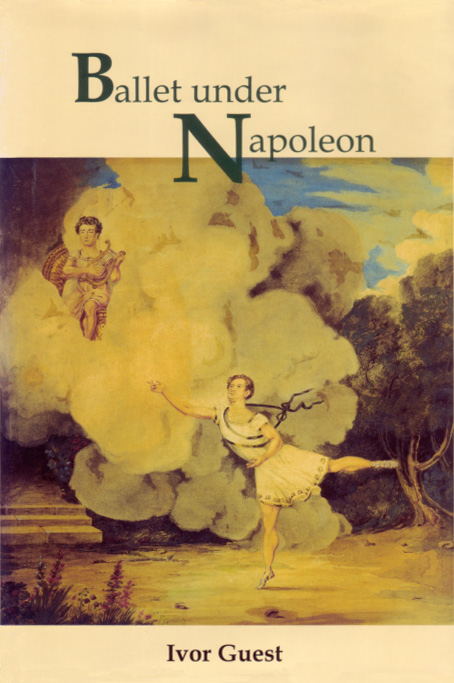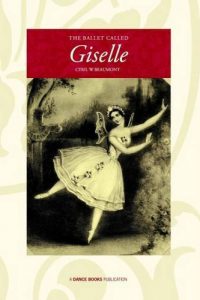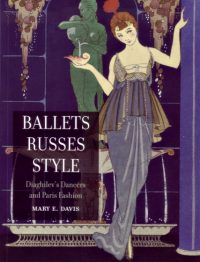Ivor Guest’s history of ballet in Paris, 1789-1820
During the years of the Napoleonic empire, the Paris Opera Ballet flourished, earning a popularity and prestige that placed dance on a level with opera. Visitors from as far afield as America came to see the company’s splendid productions. The male dancer was then still in favour, and stars such as the legendary Auguste Vestris and his esteemed rival, Louis Duport, shared public acclaim with ballerinas like Marie Gardel, Emilie Bigottini, and Genevieve Gosselin, who was the earliest virtuoso of pointe work.
In this, the second of his magisterial volumes on the development of ballet in France, Ivor Guest introduces not only a whole host of remarkable personalities, but also the world of the opera house itself, from the often harassed director right down to the humble, yet indispensable rat-catcher. Among the important figures featuring in Ballet Under Napoleon are Pierre Gardel, a ballet-master of extraordinary authority and creative gifts, whose works, such as Paul et Virginie and the comic masterpiece La Dansomanie were classics in their time. Revealed here, too, is the story behind Charles Didelot’s masterpiece Flore et Zephire, which was famed for its flying effects. Didelot was to spend the latter part of his career in St Petersburg and is today celebrated as one of the architects of Russian ballet.
This richly detailed account, illustrated with plates, brings to life the triumphs, delights, foibles and disappointments of the talented generation of dancers who grew up in the shadow of the French Revolution. Eminently readable like all of Guest’s books, Ballet Under Napoleon is a must for the libraries of dance historians and dance colleges, and a comprehensive narrative for anyone intrigued to learn more about one of the most dynamic and inventive periods of ballet’s past.
Dance Books, 2002. Hardcover, 528 pages.



